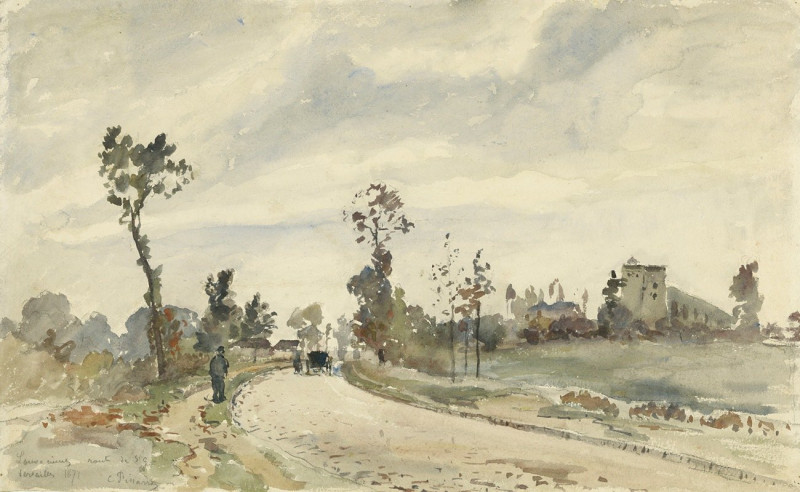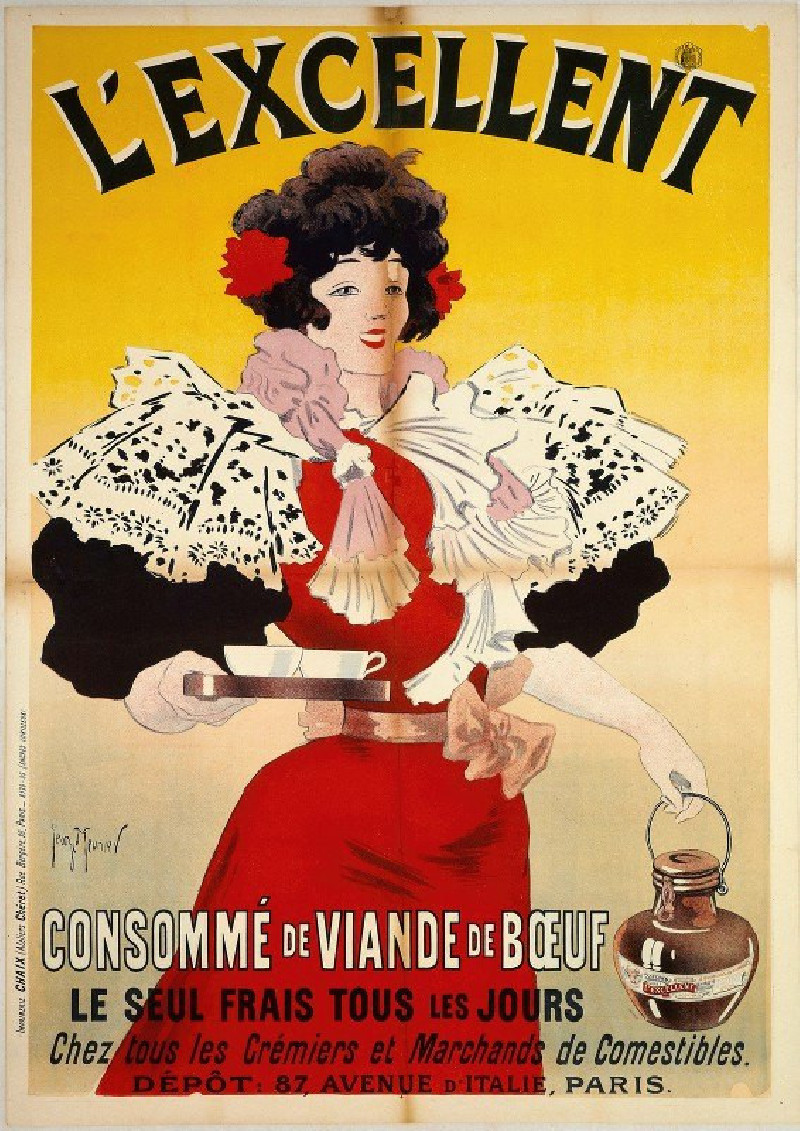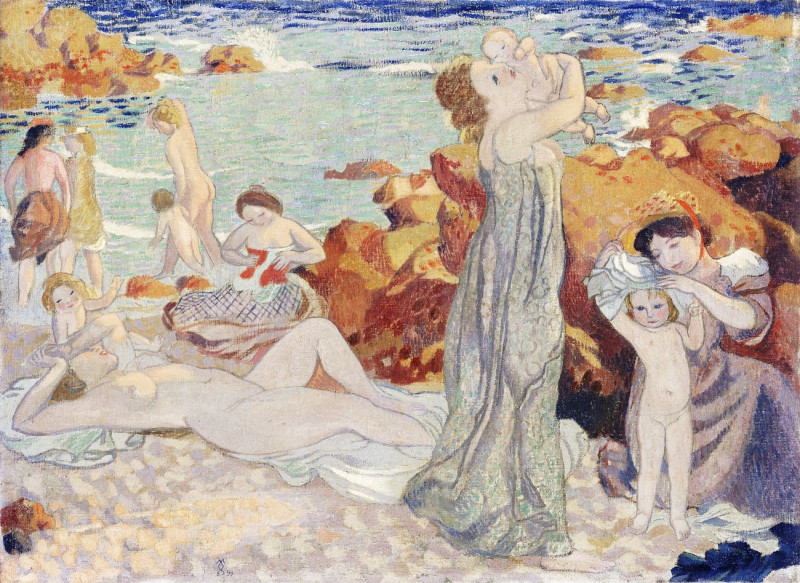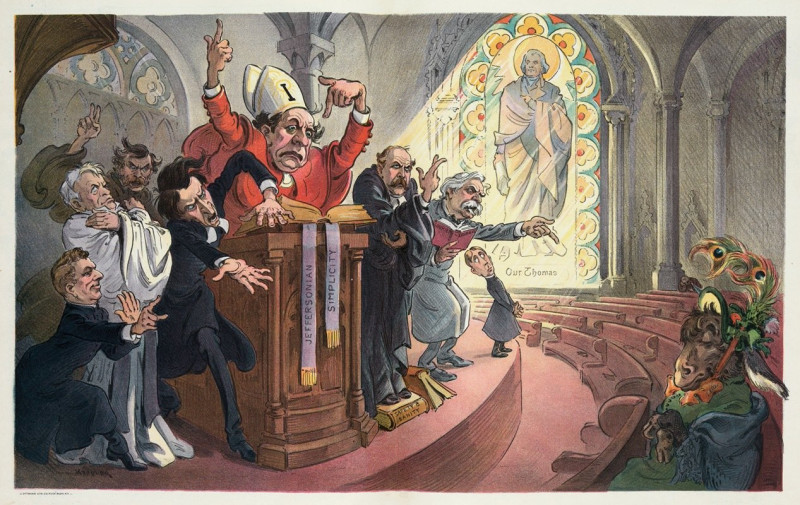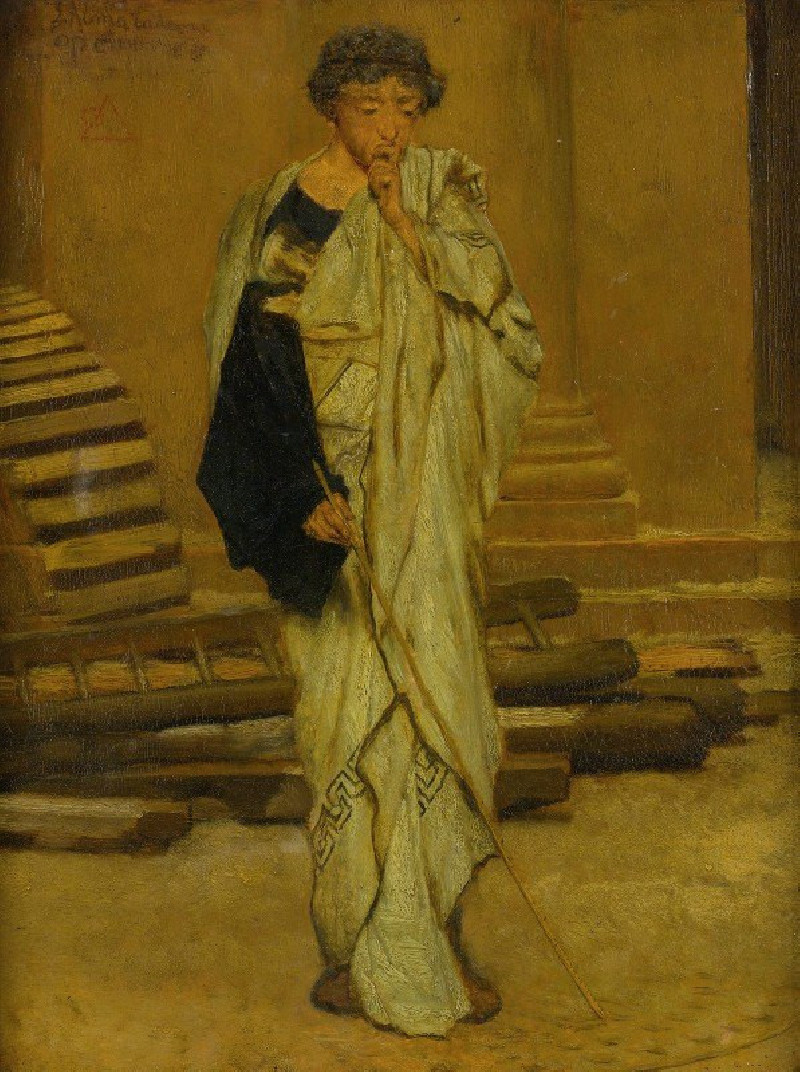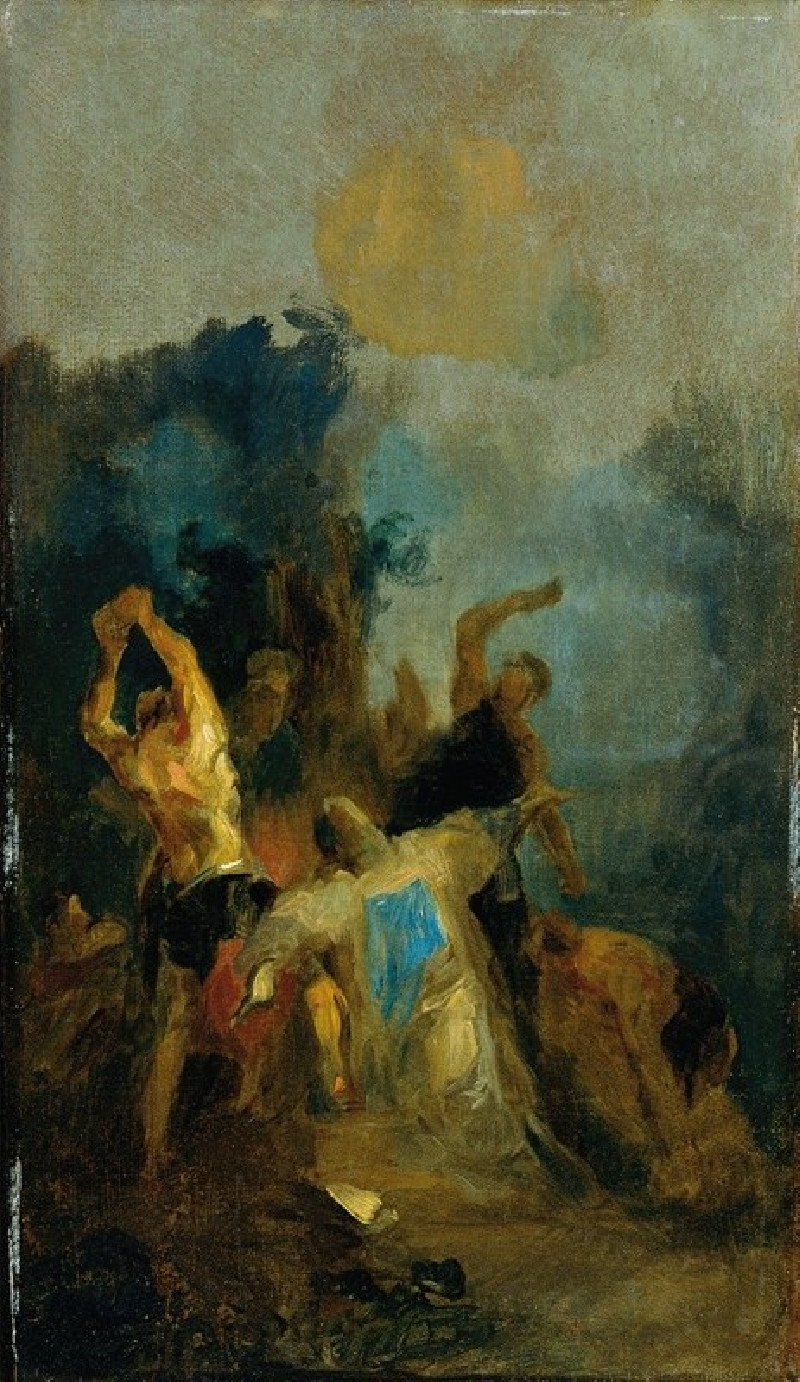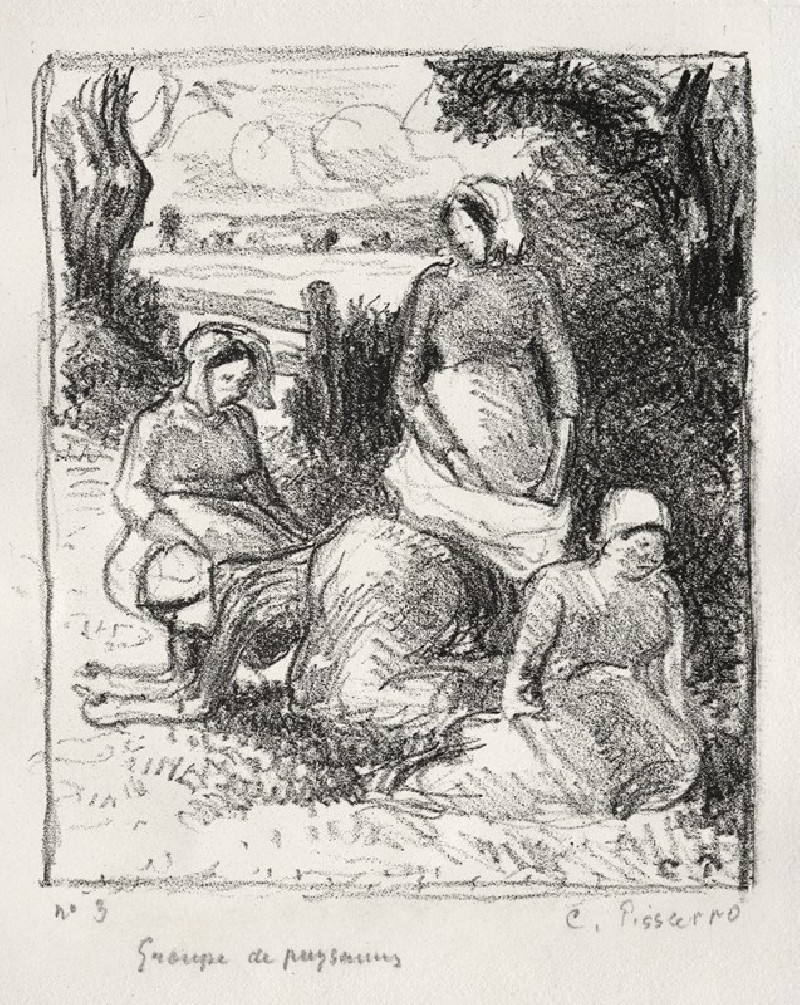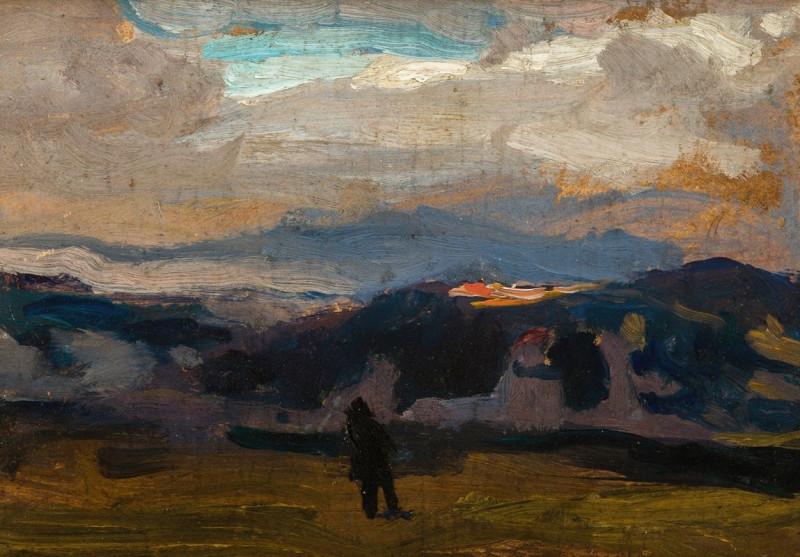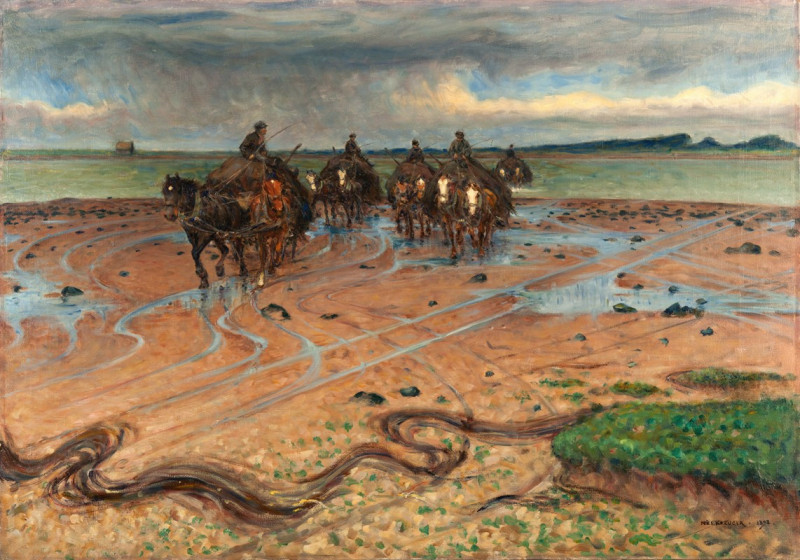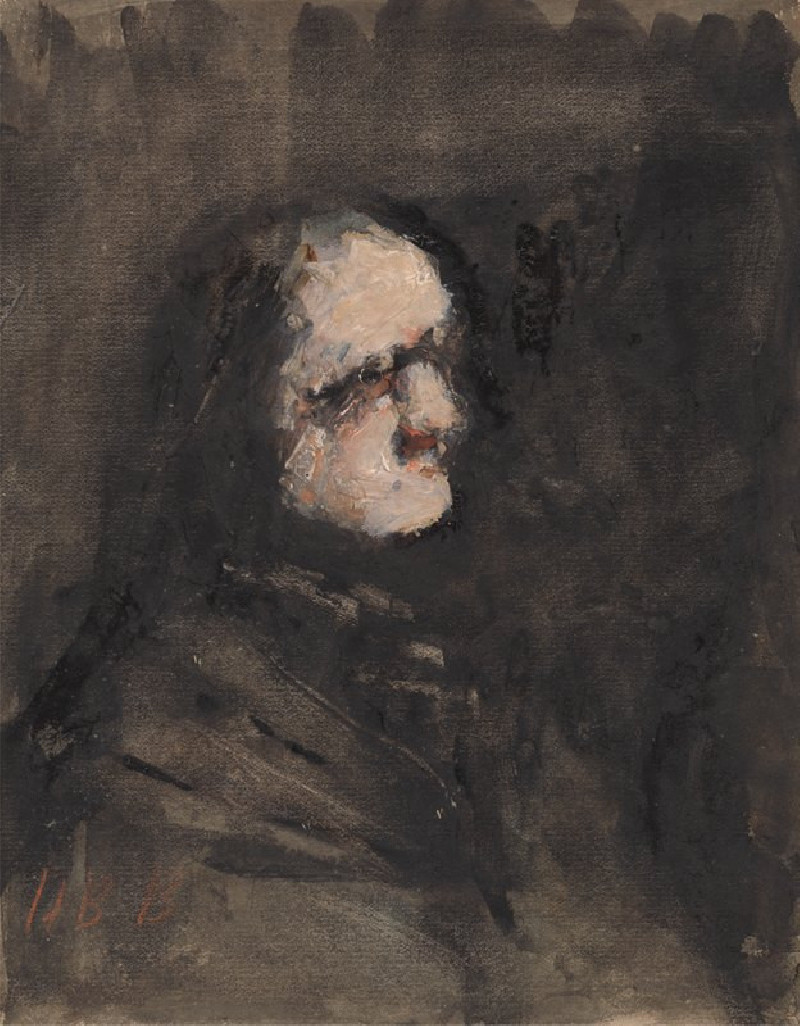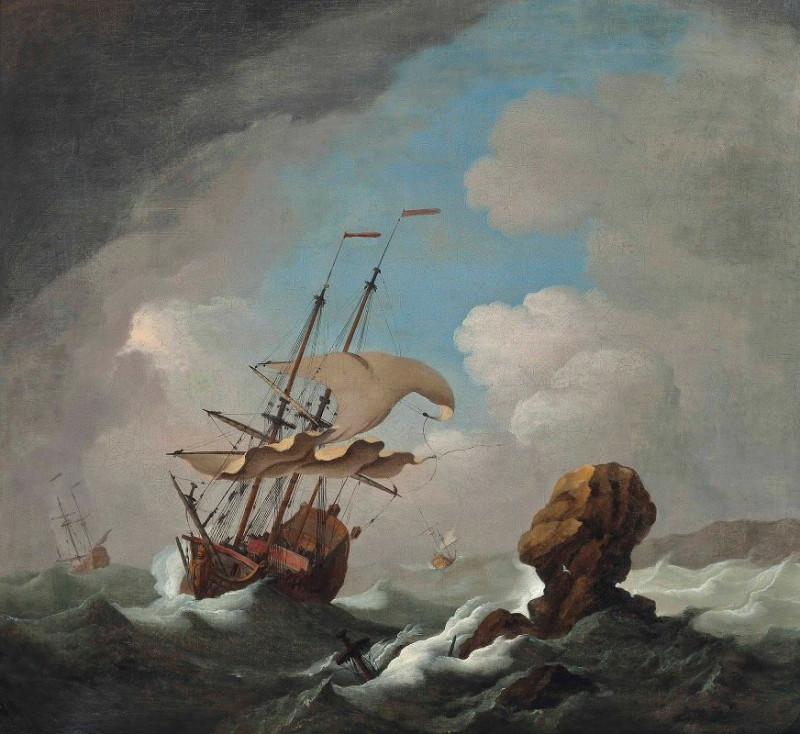Louveciennes, Route de Saint-Germain (1871)
Technique: Giclée quality print
Recommended by our customers
More about this artwork
"Louveciennes, Route de Saint-Germain" (1871) by Camille Pissarro encapsulates the tranquil essence of the French countryside with a masterful ease that exudes the artist's passion for rural scenes. In this delicate watercolor, Pissarro portrays a serene road winding through the village of Louveciennes, characterized by soft hues and fluid brushstrokes that breath life into the landscape.The painting invites the viewer onto a dusty road, speckled with the fallen leaves of autumn, leading the eye through an elegant yet unassuming tableau. On one side, a lone figure ambles down the pathway, adding a human element to the otherwise still landscape. Adjacent to the road, a horse-drawn cart moves quietly, further emphasizing the slow pace of village life. The horizon is dominated by a large, sturdy building, possibly a farmhouse or a local manor, which anchors the composition and provides a focal point amidst the sprawling openness.Pissarro's choice of a muted palette with soft blues, greys and earth tones enhances the overall sense of calm and placidity. The sky, a whirl of light grey clouds, suggests the possibility of changing weather, yet retains a lightness that complements the earthy tones of the landscape. Scattered trees and shrubs painted with quick, confident strokes add depth and texture, celebrating the natural beauty of the rural environment.This artwork not only reflects Pissarro's keen observation skills but also his ability to capture the essence of a moment and place, making "Louveciennes, Route de Saint-Germain" a captivating example of his work during his time in Louveciennes.
Delivery
Returns
Blessed are they who see beautiful things in humble places where other people see nothing. — Camille Pissarro
Camille Pissarro (1830-1903) was born on St.Thomas (now the US Virgin Islands) to a Portuguese father and a Dominican mother. He went to Paris to study art at Ecole des Beaux-Arts. He was an early pioneer of pointillism and neo-impressionism and later became a mentor of many famous impressionist painters including Cezanne, Manet, Renoir, and Gauguin. His paintings depicted rural and urban French landscapes and lifestyle. Many of his works politically captured images of peasants and laborers. Today, he is considered the father of impressionism.

